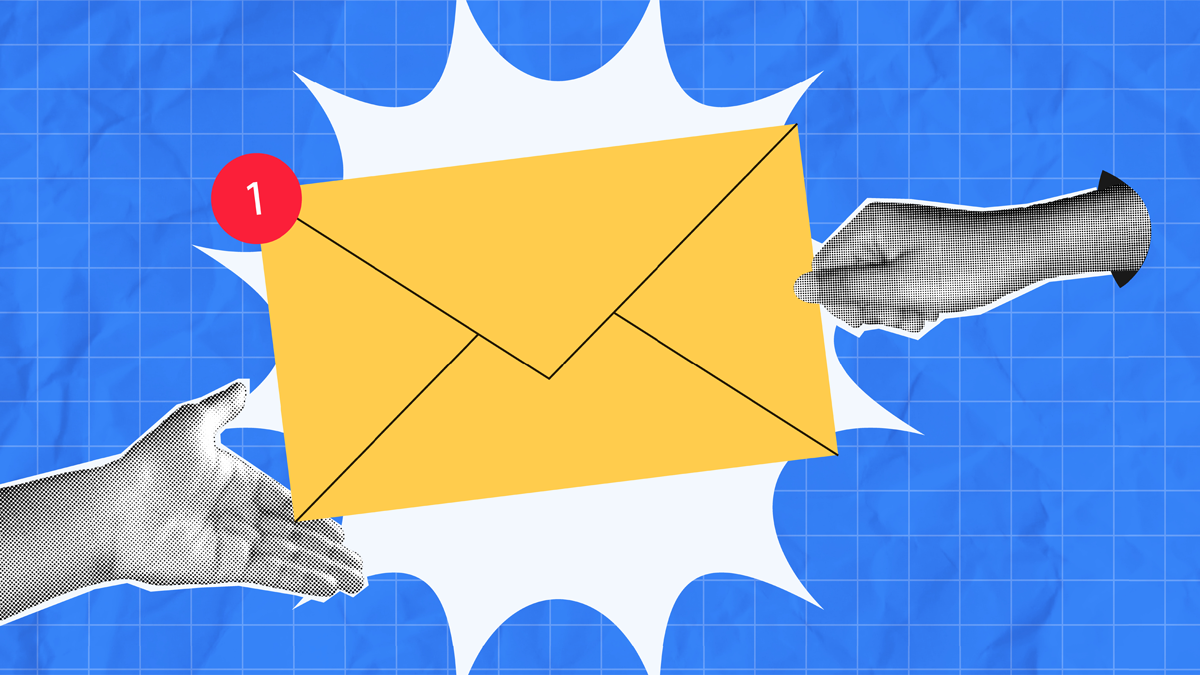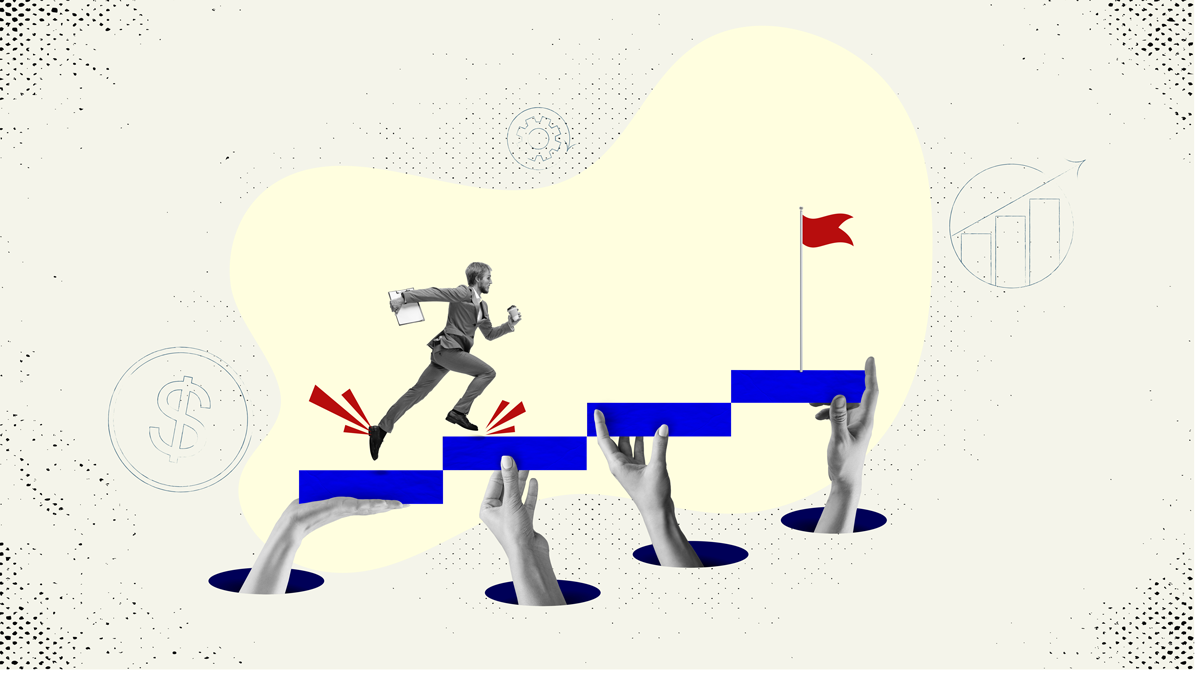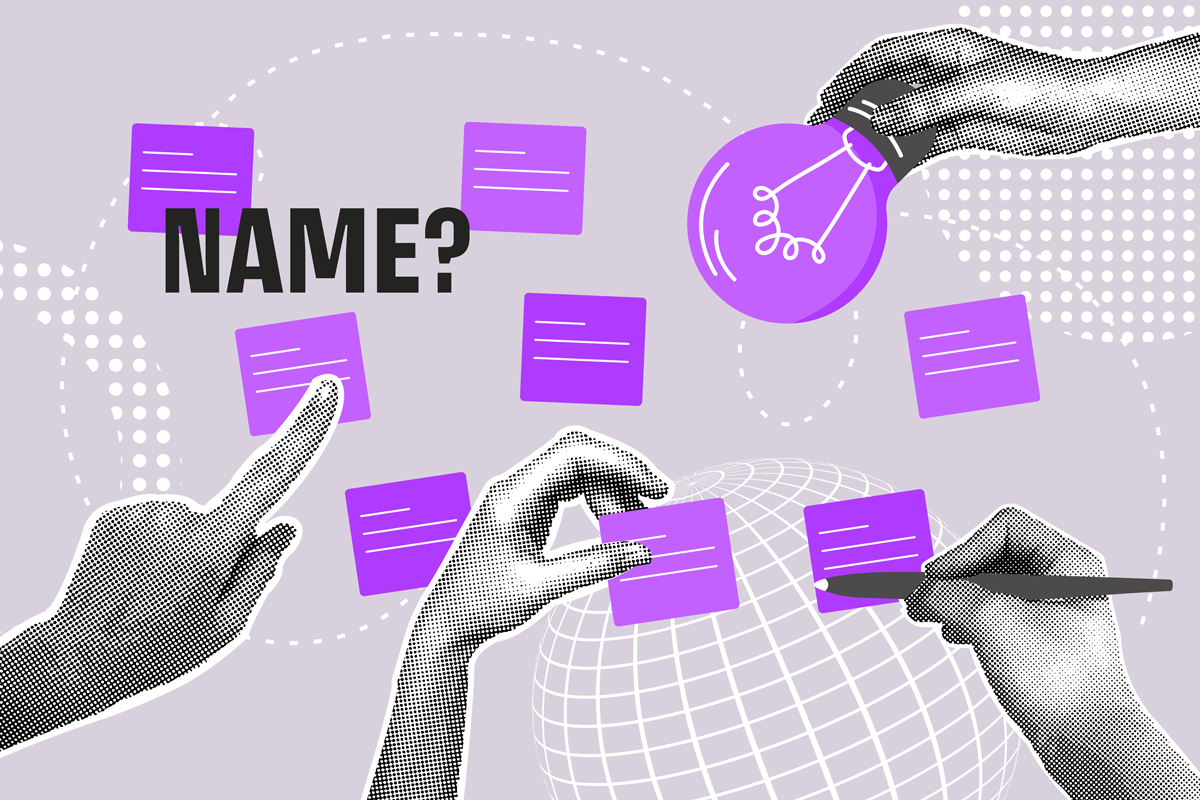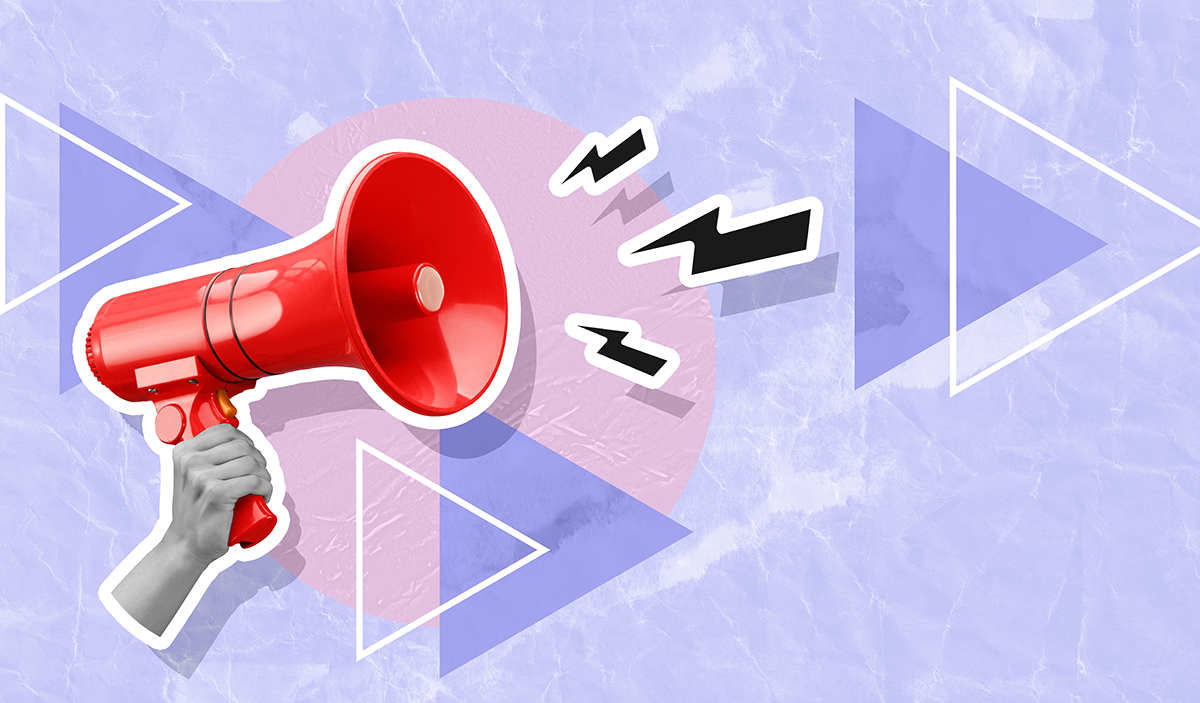Email marketing isn’t just about sending blasts and hoping for clicks. It’s about building meaningful connections with your audience—at scale.
For new business owners, a strong email marketing strategy can be the difference between passive browsers and repeat customers. Whether you're launching a local service, an e-commerce store, or a consulting brand, email gives you direct access to your most engaged potential buyers. It’s low-cost, high-return, and fully owned by you (no algorithms required).
So how do you get started—and do it right from day one?
Let’s break it down.
What Is Email Marketing?
At its core, email marketing is a way to communicate with people who’ve opted in to hear from your business. That could mean:
- Welcoming new subscribers
- Sharing tips, tools, and resources
- Announcing product launches
- Following up after purchases
- Offering discounts or perks
- Re-engaging lapsed customers
Unlike social media or search ads, email is personal. You're landing in someone's inbox—a space they guard closely. That’s why a thoughtful, value-driven strategy is key.
1. Start With the Right Email List (And Build It Right)
Before writing a single subject line, you need a high-quality email list. Here's how to build one the smart way:
- Add clear opt-ins across your website: Header, footer, pop-ups, and embedded forms.
- Offer an irresistible incentive: Think free guides, discount codes, quizzes, or early access to something valuable.
- Collect subscribers at every touchpoint: In-store checkouts, online orders, booking confirmations, social media bios—everywhere.
Never buy an email list. It’s a fast track to spam complaints, legal issues, and a trashed sender reputation.
Instead, focus on growing organically and consistently. You want people who actually want to hear from you.
2. Define Your Email Marketing Goals
Without clear goals, you’re just sending emails into the void. Define success by setting SMART goals tied to your business outcomes:
- Launching a product? → Goal: Drive 100 pre-orders through a 3-part launch sequence.
- Running a service business? → Goal: Book 10 consultations this month via email follow-ups.
- Building a personal brand? → Goal: Grow list by 250 subscribers and maintain a 35% open rate.
Your goals will shape your content, cadence, and calls to action—so start here before crafting any campaigns.
3. Choose an Email Platform That Grows With You
Your email tool should make your life easier—not more complicated. Look for features like:
- Drag-and-drop email builder
- Signup form integrations
- Contact tagging and segmentation
- Basic automation (welcome series, reminders)
- Analytics for open rates, clicks, and conversions
As your business grows, you’ll want A/B testing, CRM integration, and advanced workflows—but in the beginning, simplicity wins.
Pro Tip:
Make sure your email forms sync with your CRM or marketing software from day one. Clean data = clean growth.
4. Know Your Audience (And Segment Smartly)
Your subscribers aren’t one-size-fits-all. Segmenting your list means better engagement and fewer unsubscribes.
Start with these basic segments:
- New subscribers
- First-time customers
- Repeat buyers
- Inactive users (no opens in 60+ days)
Later, you can get more advanced with:
- Location
- Purchase history
- Lead source (quiz, ebook, referral)
- Interests or preferences
When someone signs up, send them down a personalized path. A new subscriber who downloaded your “LLC Startup Checklist” might get emails focused on formation and compliance, while a customer who purchased banking services might get tips for managing cash flow.
5. Map Your Customer Journey to Your Email Plan
Great email strategy = sending the right message at the right time. Align your emails to the five key stages of the customer journey:
- Awareness: Introduce your brand and value proposition. Use welcome emails and onboarding sequences.
- Consideration: Share helpful content: how-tos, guides, FAQs, or testimonials.
- Conversion: Promotions, limited-time offers, decision-stage nudges, and reminders.
- Retention: Post-purchase tips, renewal reminders, product usage tips, and loyalty rewards.
- Advocacy: Ask for reviews, referrals, or feature your best customers.
This is how you move people from “just subscribed” to “brand champion.”
6. Craft Valuable (Not Spammy) Email Content
Your emails should feel like a resource, not a sales pitch. Focus on delivering actual value—then sprinkle in your offers.
Here’s a proven email mix for small businesses:
- Educational emails (40%): Tips, strategies, FAQs, templates
- Promotional emails (30%): Launches, sales, announcements
- Relationship-building emails (20%): Behind-the-scenes, stories, founder notes
- Engagement/re-engagement (10%): Polls, surveys, win-backs
Consistency is key. Start with once a week and adjust based on feedback and open rates. Avoid ghosting your list—staying top of mind = more conversions down the line.
7. Personalize Beyond Just First Names
Personalization isn't just saying "Hi [First Name]." True personalization means tailoring your content based on behavior, interests, or location.
- Suggest services based on quiz results
- Show region-specific promotions
- Recommend next steps based on previous purchases
Dynamic content blocks (available in many email tools) allow you to swap out content in real time based on who's opening the message.
8. Test, Measure, Optimize
What works for one brand might flop for another. The only way to know is to test.
Test:
- Subject lines: curiosity vs. clarity
- Send times: Tuesday AM vs. Friday PM
- Layout: short vs. long-form
- CTAs: “Start Now” vs. “Learn More”
Key metrics to track:
- Open Rate (are your subject lines working?)
- Click-Through Rate (is your content engaging?)
- Conversion Rate (are people taking action?)
- Unsubscribe Rate (are you sending too often—or the wrong message?)
- List Growth (are you consistently adding the right people?)
9. Stay Compliant and Professional
Don't skip the boring but necessary stuff:
- Always get consent before emailing
- Include your business address in every email
- Offer a visible unsubscribe link
- Avoid clickbait or misleading subject lines
- Comply with CAN-SPAM and GDPR
This builds trust with subscribers—and ensures your emails actually get delivered.
Final Tips for Email Marketing Success
- Design for mobile: Over 60% of emails are read on phones.
- Use one clear CTA per email: Don’t overwhelm your reader.
- Keep your branding consistent: Fonts, colors, and tone should match your website.
- Clean your list regularly: Remove unengaged contacts every 6–12 months.
Email Is Still the MVP of Digital Marketing
Even in a world of DMs, TikToks, and targeted ads, email marketing remains one of the most powerful tools in your growth stack.
Why? Because it’s direct, trackable, and yours. No algorithm. No gatekeepers.
Start with a strong foundation. Build relationships. Deliver real value. And watch your inbox become a revenue driver—not just a broadcast channel.
Ready to Launch Smarter?
Get access to BizUpUSA’s Business Templates—free for all Growth and Complete customers. Marketing templates, welcome flows, list-building checklists, and more.









SHARE